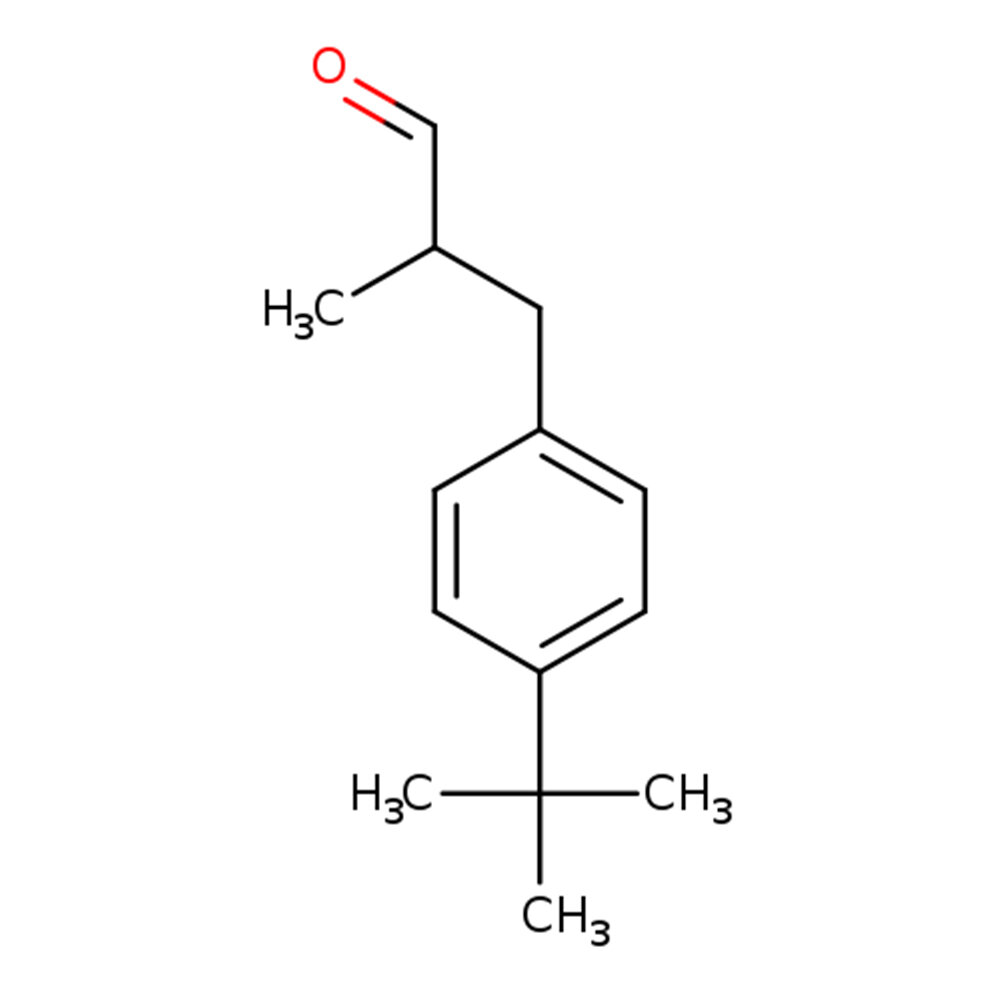Aldehyde C 09 (Nonanal)
Premium Synthetic Ingredient for Perfumery
Aldehyde C-09 (CAS 124-19-6), chemically known as Nonanal, is a linear aliphatic aldehyde composed of nine carbon atoms. Although it occurs in small amounts in several essential oils, it is industrially synthesized via hydroformylation of 1-octene. In perfumery, Aldehyde C-09 is renowned for its classic aldehydic character — a combination of waxy, citrus, and slightly green nuances.
Despite its relatively high odor intensity, it is used at very low concentrations (typically <0.1%) to impart a floral lift and add radiance to top notes in a variety of fragrance types, including rose, lily, orange blossom, and jasmine compositions.
Premium Synthetic Ingredient for Perfumery
Aldehyde C-09 (CAS 124-19-6), chemically known as Nonanal, is a linear aliphatic aldehyde composed of nine carbon atoms. Although it occurs in small amounts in several essential oils, it is industrially synthesized via hydroformylation of 1-octene. In perfumery, Aldehyde C-09 is renowned for its classic aldehydic character — a combination of waxy, citrus, and slightly green nuances.
Despite its relatively high odor intensity, it is used at very low concentrations (typically <0.1%) to impart a floral lift and add radiance to top notes in a variety of fragrance types, including rose, lily, orange blossom, and jasmine compositions.
Premium Synthetic Ingredient for Perfumery
Aldehyde C-09 (CAS 124-19-6), chemically known as Nonanal, is a linear aliphatic aldehyde composed of nine carbon atoms. Although it occurs in small amounts in several essential oils, it is industrially synthesized via hydroformylation of 1-octene. In perfumery, Aldehyde C-09 is renowned for its classic aldehydic character — a combination of waxy, citrus, and slightly green nuances.
Despite its relatively high odor intensity, it is used at very low concentrations (typically <0.1%) to impart a floral lift and add radiance to top notes in a variety of fragrance types, including rose, lily, orange blossom, and jasmine compositions.
Technical Ingredient Overview
🔎 Chemical Name: Nonanal
🧪 Synonyms: Aldehyde C-9, Pelargonaldehyde
🧬 Chemical Formula: C₉H₁₈O
📂 CAS N°: 124-19-6
📘 FEMA: 2780
⚖️ MW: 142.24 g/mol
📝 Odor Type: Fatty, Citrus, Green
📈 Odor Strength: Medium to Strong
👃🏼 Odor Profile: Waxy, citrusy, aldehydic, slightly floral and green; reminiscent of orange peel and rose
⚗️ Uses: Common in fine fragrances, detergents, soaps, and flavor compositions
🧴 Appearance: Colorless to pale yellow liquid
What is Nonanal?
Nonanal, commonly known as Aldehyde C-9, is a saturated aliphatic aldehyde with nine carbon atoms. It belongs to the homologous series of fatty aldehydes and plays a significant role in perfumery thanks to its characteristic aldehydic-citrus scent (Arctander, 1960). This molecule contributes brightness and a "clean" effect, often used to impart freshnessto the top notes of a composition.
Historical Background
Nonanal is a naturally occurring compound, found in essential oils such as orange, lemon, and rose oil (Sell, 2019). It was identified during the systematic characterization of natural aldehydes in the 19th century, and later became industrially relevant with the rise of aldehydic perfumery in the early 20th century. Its discovery paved the way for the controlled use of synthetic aliphatic aldehydes in compositions. Though long-chain aldehydes like Aldehyde C-12 MNAand C-11 Undecylenic became emblematic with iconic fragrances such as Chanel No. 5, Aldehyde C-9 contributed significantly to early citrus and floral accords (Surburg & Panten, 2016).
Olfactory Profile
Scent Family: Aliphatic / Aldehydic
Main Descriptors: Waxy, citrus peel, green, floral-soapy
Intensity: Moderate to strong
Tenacity: Medium
Volatility: High
Fixative Role: Minor
Nonanal’s olfactory character is best described as citrus-waxy with green nuances, evoking freshly peeled orange zestor even rose petals in higher concentrations. It is less metallic or soapy than shorter-chain aldehydes like C-6 (hexanal), and instead offers a more rounded citrus tone (Arctander, 1960).
Applications in Fine Fragrance
Nonanal is primarily used to enhance:
Citrus accords, including orange, bergamot, and grapefruit
Green florals such as rose, lily of the valley, and muguet
Soapy or aldehydic top notes in classic and neo-chypre fragrances
Its typical concentration in formulae ranges between 0.05% and 0.5%, where it contributes a crystalline freshness to the opening. In overdoses, it can impart a waxy-fishy note, making careful blending essential (Sell, 2019).
In multi-material interactions, it pairs especially well with:
Ionones and methylionones
Other aldehydes in the C-8 to C-12 range
Musks and citrus terpenes, such as limonene and citronellol (Surburg & Panten, 2016)
Industrial & Technical Uses
Beyond fine fragrance, Nonanal is employed in:
Functional perfumery, such as detergents, air fresheners, and soap bases
Flavor chemistry, where it is FEMA-approved (No. 2780) for enhancing citrus, nut, and buttery notes in edible formulations (FEMA, 2023)
Agricultural research, due to its presence in certain plant volatiles and semiochemicals used for pest attractants(ECHA, 2023)
It is also used as a precursor for alcohols, acids, or oximes in the synthesis of more complex aromatic compounds (Surburg & Panten, 2016).
Regulatory & Safety Overview
IFRA: Not restricted under IFRA 51st Amendment when used within industry-typical concentrations (IFRA, 2023).
FEMA: GRAS status confirmed — FEMA No. 2780 (FEMA, 2023).
GHS Classification:
Skin Irritant Category 2
Eye Irritant Category 2A
Aquatic Chronic Category 2 (ECHA, 2023)
EU Cosmetics Regulation (EC No. 1223/2009): Permitted; not listed as a fragrance allergen.
REACH: Registered under ECHA. No SVHC classification.
Toxicology: Mild skin and eye irritant in concentrated form. Safe for use at low thresholds typically found in cosmetics and fine fragrances (Sell, 2019).
References
Arctander, S. (1960). Perfume and Flavor Chemicals (Aroma Chemicals). Montclair, NJ: Author.
Sell, C. S. (2019). The Chemistry of Fragrances: From Perfumer to Consumer (3rd ed.). Royal Society of Chemistry.
Surburg, H., & Panten, J. (2016). Common Fragrance and Flavor Materials: Preparation, Properties and Uses (6th ed.). Wiley-VCH.
FEMA. (2023). Flavor Ingredient Library: Nonanal (FEMA No. 2780). Retrieved from https://www.femaflavor.org
IFRA. (2023). IFRA Standards: 51st Amendment. Retrieved from https://ifrafragrance.org
ECHA. (2023). Nonanal – Registration Dossier (CAS 124-19-6). Retrieved from https://echa.europa.eu






